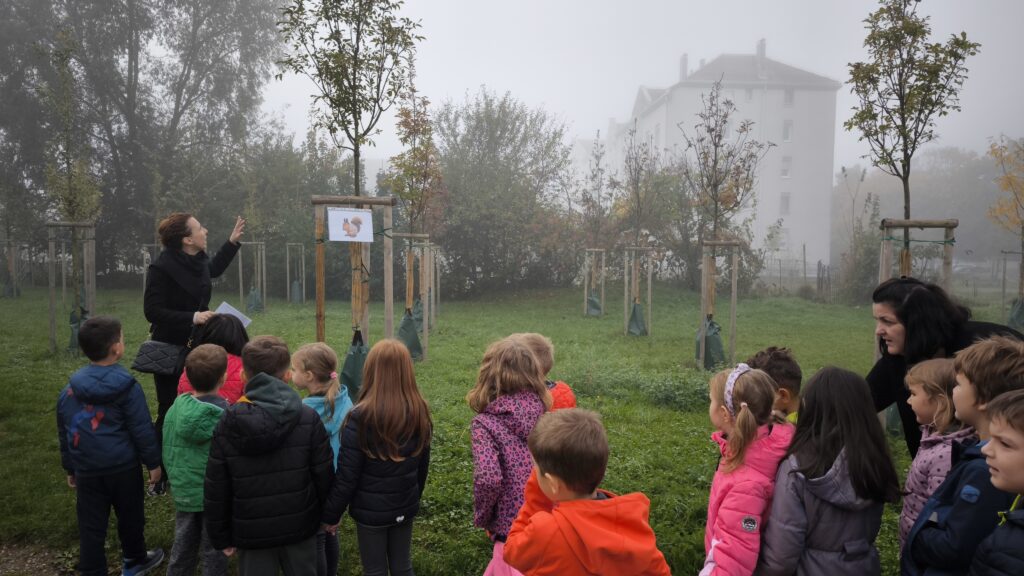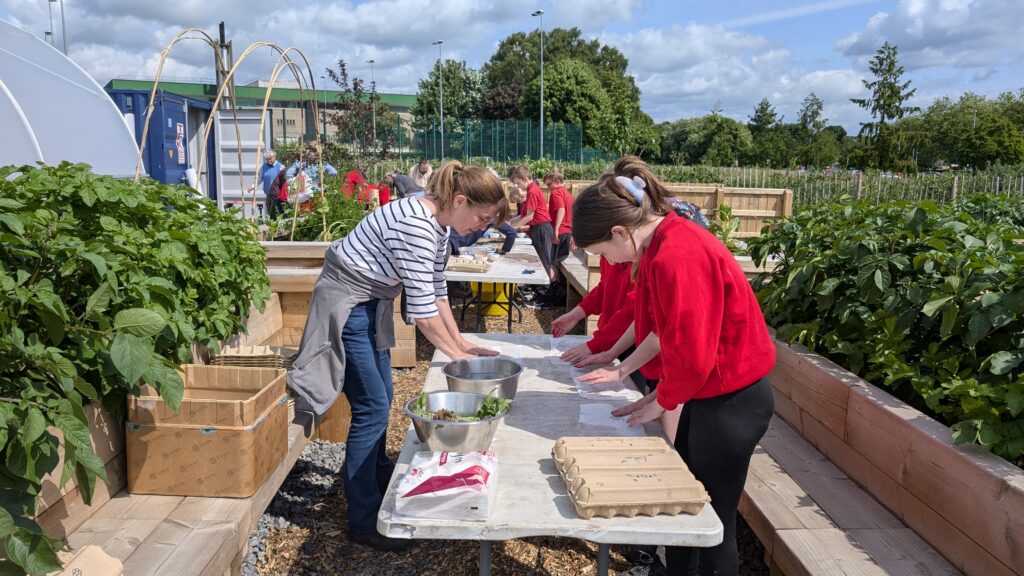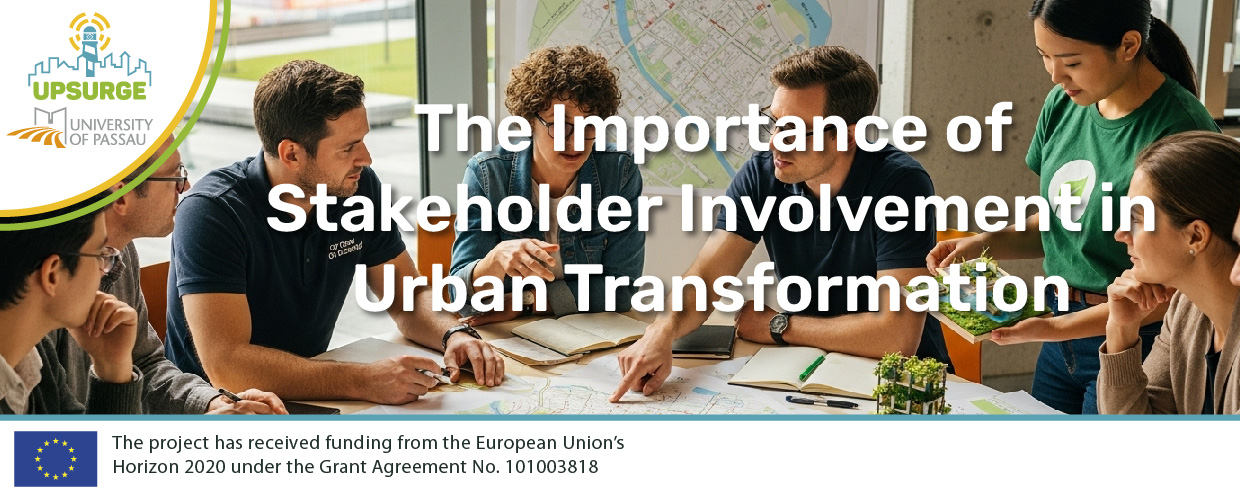In complex urban transformation projects such as UPSURGE, the active involvement of diverse stakeholders is not just an added value – it is the foundation of sustainable urban transformation. Cities are living systems shaped by people, policies, and environments. To create solutions that are both innovative and sustainable, all these perspectives must be heard and integrated.
Who are the stakeholders?
In UPSURGE, stakeholders include anyone with a direct or indirect interest in creating nature-based, climate-resilient cities. This broad group covers municipal authorities, research institutions, businesses, non-governmental organisations, and—crucially—local citizens. Within the project, we define stakeholders as “any group of people, organised or unorganised, who share a common interest or stake in a particular issue or system.” This inclusive understanding ensures that no relevant voice is left unheard, whether it comes from policy, academia, or everyday urban life.
To better understand and categorise these different groups, UPSURGE draws on the Quintuple Helix Model, which illustrates how education, industry, government, civil society, and the environment interact to generate and circulate knowledge as a key resource. When this knowledge transfer functions effectively, it creates both sustainable innovation and new know-how, producing outcomes that feed back into society and generate long-term benefits for all. Each helix contributes its own form of capital and perspective to sustainable development:
- Academia – Develops and disseminates new knowledge to build human capital.
- Economy – Generates and manages economic capital.
- Society – Represents traditions, values, and diversity, providing social capital.
- Natural environment – Provides natural capital and forms the foundation for sustainable development.
- Public sector – Coordinates processes, defines the legal framework, and holds political and legal capital.
By engaging these five helices, UPSURGE ensures that the exchange of ideas and experiences creates synergies and innovation across disciplines and sectors.
Why stakeholder involvement matters
Urban greening and climate adaptation strategies require social acceptance, local ownership, and cross-sectoral cooperation. Stakeholder participation enhances all three. By engaging different actors early and continuously, UPSURGE strengthens the relevance, feasibility, and long-term impact of its results.
Scientific partners gain access to local knowledge and practical insights, improving the quality and usability of research outcomes. Municipal partners benefit from new ideas, expert input, and a clearer understanding of citizens’ needs. For residents, participation fosters a sense of belonging and trust—transforming them from passive recipients of innovation into active co-creators of urban change.

How UPSURGE puts stakeholder engagement into practice
UPSURGE applies stakeholder involvement throughout its project activities and pilot cities. In the Competency Groups and Place Labs established in each pilot—Belfast, Breda, Budapest, Katowice, and Maribor—local authorities collaborate directly with community representatives, green entrepreneurs, and researchers.
These local ecosystems serve as living testbeds for nature-based solutions (NBS), where the design, implementation, and evaluation processes are co-created with relevant stakeholders. Workshops, interviews, and participatory mapping sessions are used to align scientific expertise with local priorities. For example, in Maribor, co-creation sessions with citizens and environmental NGOs helped define realistic and community-supported greening actions. In Belfast, local authorities and researchers collaborated closely with neighbourhood groups to ensure that NBS interventions addressed social as well as environmental challenges.

Building trust and creating shared ownership
True impact can only be achieved when stakeholders feel that their input matters. UPSURGE has therefore developed a structured approach to stakeholder mapping, engagement, and feedback loops. Regular communication, transparent decision-making, and visible results help build long-term trust. The project’s emphasis on dialogue rather than one-way dissemination creates mutual learning between science, policy, and society.
From participation to transformation
Ultimately, stakeholder involvement in UPSURGE goes beyond consultation. It is a driver for innovation, ensuring that solutions are not only scientifically sound but also socially accepted and locally relevant. By embedding stakeholder perspectives into every stage—from planning to implementation and evaluation—the project sets an example for inclusive, human-centred urban sustainability. As UPSURGE continues to unfold, one key message becomes clear: cities thrive when people are part of the process. Stakeholder involvement is not just about inclusion—it is about creating the shared knowledge, responsibility, and enthusiasm needed to make green urban transformation a reality.


Christina Haderer
University of Passau

